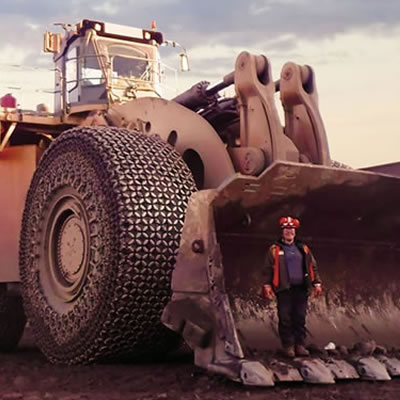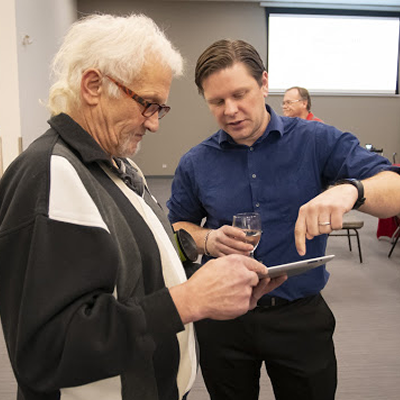Gold Mine Exploration 101
With Premier Gold Mines President Ewan Downie
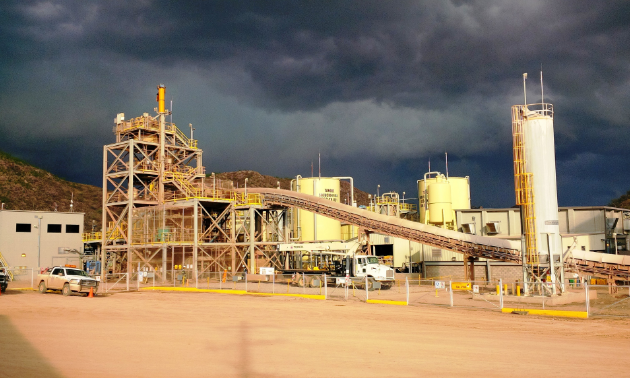
Premier's Mercedes mine, located in Mexico, is an example of a successful process. — Photo courtesy Premier Gold Mines
The average gold mine takes about 10 years to grow from mineral discovery to an active mine site. President Ewan Downie of Premier Gold Mines walked us through the process. However, his process begins before any promising minerals are discovered.
Step 1: Identify a promising property
The biggest challenge in building a mine is finding a property that holds a worthy deposit. “At Premier, we look at exploration as not just being what you do in the ground. Part of the whole exploration process is finding the right property,” Downie said. Premier Gold Mines looks at proven gold districts that have existing operations, yet appear to be underexplored, and then seek to acquire strategic land with the right geology. “We have been successful in acquiring projects in several of North America’s most sought after gold camps," he said. "One of the larger deposits that Premier has found is the Hardrock deposit at our Trans-Canada property.”
Step 2: Acquire the desired property
Trans-Canada was previously owned by Barrick Gold Corporation. After Premier Gold Mines set its sights on the property, the next step was to make the acquisition. Sometimes this step takes years of prodding to get the previous owners on board.
“The Hardrock deposit was an historic mine that shut down in the mid-sixties,” said Downie. “It was an historic underground mine. One of the things that we liked about Hardrock was the fact that the zones that were historically mined underground were broad, lower grade, bulk minable zones.” Premier, however, thought of a different way to approach the old property: “Historically, they never looked at the open pit potential," said Downie. "This was our opportunity.”
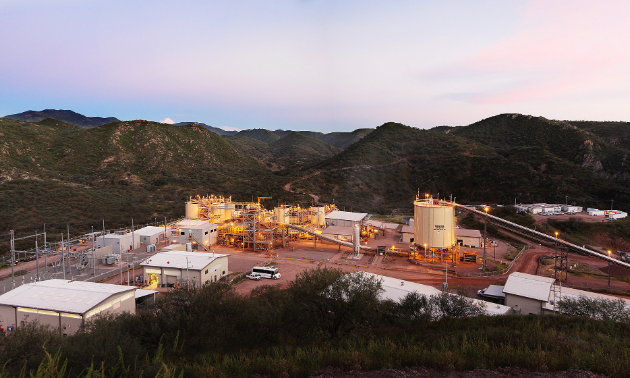
Premier Gold Mines owns 100 per cent of the Mercedes mine. — Photo courtesy Premier Gold Mines
Step 3: Preliminary economic assessments, permits and permissions
After acquisition, there are a few more steps to take in the exploration process before any mine can be created. “We were successful at discovering sufficient mineralization through several years of drilling that we felt comfortable in completing a preliminary economic assessment,” said Downie. “This study helped to provide a guide as to what we should be doing in terms of additional exploration to try to bring the project to a mining operation.”
At this stage, a mining company applies for the appropriate permits and permissions needed to begin construction if the next steps are successful. The permitting process can take huge amounts of time to organize.
Step 4: Consider a partner
Trans-Canada is an example of a large deposit in a time when markets are a little tough. “Given the scale of the project being considered, we decided to seek a partner to help us develop the property,” said Downie. In 2015, Premier Gold Mines signed a partnership with Centerra Gold Inc. The next phase in development of the Trans-Canada gold mine is to complete a full feasibility study to assess its economic potential, followed by financing arrangements. At this same stage, the partners will continue to advance the permitting process to secure the right to develop a mine and ensure the support of local communities
Step 5: Complete a full feasibility study
“Exploration has many steps to it,” said Downie. “First comes identifying the right area, second is the acquisition of land, third is doing sound and successful exploration that will ultimately lead to mine development.” Downie stresses the importance of identifying the correct area. He estimates that less than one per cent of explored properties ever make it to the feasibility stage. “Once a project gets to feasibility, the good ones move ahead," he said. "However, in reality, most properties make it to a full feasibility study.”
The goal is to complete a realistic feasibility study so that the ultimate mine operates as predicted. The challenge, however, does not end when a feasibility study is complete.
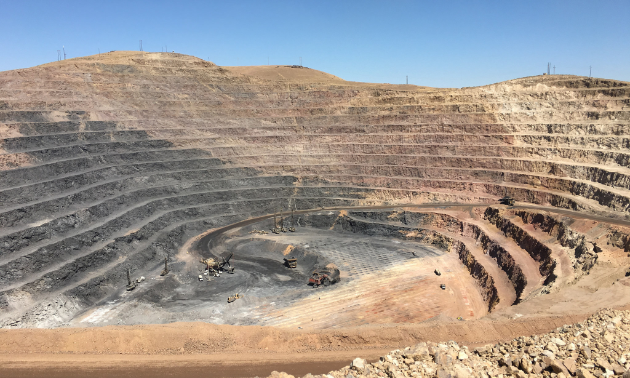
Premier Gold Mines worked with partner Barrick Gold Corporation on its first mine, South Arturo in Nevada. This mine was created on time and under budget. A realistic feasibility study resulted in a mine that runs exactly as expected. — Photo courtesy Premier Gold Mines
Premier and Centerra’s Trans-Canada property is close to the next step along the path to production. “Right now we are in the final stages of completing our feasibility study," Downie said. "Assuming that it is positive, which we are optimistic for, the next work we will do is detailed engineering and securing the financing for mine construction.”
Step 6: Financing and construction plans
Once the necessary studies and paperwork are complete—and are a success—gold mining companies next gather their finances to plan for construction and production. “We intend to work with Centerra to come up with a financing plan so that we can go ahead with the construction of the mine at Trans-Canada,” said Downie.
As finances fall into order and construction begins, the goal will be to build the mine on schedule and on budget. “This is not something that we’ve seen over the past few years. Several recent builds have gone through growing pains in their early years,” Downie said. Premier Gold Mines, however, has yet to experience similar pains.
In fact, Premier’s first mine, South Arturo in Nevada, was created on time and under budget “and is performing exactly as expected—maybe even better than expected,” Downie explained. With its partner company Barrick Gold Corporation, which holds 60 per cent of the project and is the operator, Premier delivered an accurate feasibility study, secured appropriate financing and successfully built the mine in 2016.
Steps to success
“At Premier, we operate in some the world’s best geological districts—in our opinion a key element in making gold discoveries,” Downie said. To do this, Premier has had a successful track record in negotiating and acquiring ownership of project sites previously owned by several major gold mining companies.
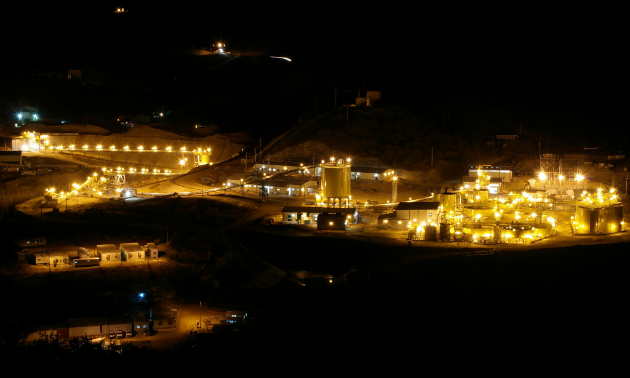
Ewan Downie explains that the average gold mine takes about 10 years from the point of discovery to active production. Premier Gold Mines currently has eight properties at some stage of the lengthy process. — Photo courtesy Premier Gold Mines
Getting through all of these hurdles, you ultimately need sufficient gold or commodity prices to justify the project going ahead. “We all know there are ups and downs in the mining industry,” said Downie. “If metal prices go down too much, then exploration stops.”
Premier Gold Mines is a company that believes in having multiple opportunities for success. An awareness of the current situation, as well as a knack for identifying the right deposit, has allowed Premier to be a part of the successful implementation of mines. Premier is currently actively pursuing, exploring or mining eight properties. “Our project portfolio provides significant future growth potential—something all mining companies strive for,” Downie said.


